This article was medically reviewed by Luba Lee, FNP-BC, MS. Luba Lee, FNP-BC is a Board-Certified Family Nurse Practitioner (FNP) and educator in Tennessee with over a decade of clinical experience. Luba has certifications in Pediatric Advanced Life Support (PALS), Emergency Medicine, Advanced Cardiac Life Support (ACLS), Team Building, and Critical Care Nursing. She received her Master of Science in Nursing (MSN) from the University of Tennessee in 2006.
There are 10 references cited in this article, which can be found at the bottom of the page.
This article has been viewed 44,815 times.
Getting stung by a yellow jacket can be a painful experience! A yellow jacket can sting multiple times, so you may end up with several stings even if you only encountered one yellow jacket. Start by cleaning the sting and applying ice to help soothe the pain, itching, and swelling. Then, treat the pain and swelling with a topical home-remedy, an antihistamine like Benadryl, or a pain reliever like Ibuprofen. Keep close watch on the sting over the next 2 to 3 days to ensure that it’s healing properly, and call a doctor if you have any concerns. It’s also important to watch for allergic or anaphylactic reactions, which can be life-threatening.
Steps
Cleaning and Soothing the Sting
-
1Scrape out the stinger if it’s stuck with a credit card or dull knife. Check to see if there’s a black dot at the site of the sting. If you see one, that’s the stinger. Press a credit card or dull knife against the edge of the stinger and gently scrape it across the sting to pull it out. If you cannot get the stinger out this way, you can try pulling it out with a pair of tweezers.[1]
- Yellow jackets don’t usually leave a stinger, but it’s a good idea to check for one. If the stinger is stuck in your skin, it can release more venom and make the sting hurt more.
- Ask someone to help you if you're nervous or if you can't reach or find the stinger.
-
2Wash the affected area with soap and water. Once you have removed the stinger, hold the stung area under cool, running water and apply a small amount of soap to the area. Gently rub the soap around and then rinse it off completely. Pat the area dry with a clean, dry towel.[2]
- Don’t scrub at the sting as this will likely irritate it. Wash it gently with your fingertips only.
Advertisement -
3Apply ice to the sting to reduce pain and swelling. Wrap an ice pack in a thin towel and apply it to the sting. Hold the ice pack in place for about 10 to 20 minutes. Then, remove it and let your skin return to its normal temperature before applying the ice pack again. This will take about 1 to 2 hours.[3]
- Use an ice pack as needed to help reduce pain, itching, and swelling in the first 24 to 48 hours after getting stung.
Tip: If you don’t have an ice pack, wrap a bag of frozen vegetables in a paper towel or thin cloth and use it as an ice pack.
-
4Elevate the arm or leg if that’s where the sting is located. Prop up your arm or leg on a couple of pillows while you are seated or lying down. Or, if you’re standing and the sting is on your arm, raise your arm into the air and keep it there for as long as you’re able. This will help to reduce the swelling.[4]
Reducing Itching and Pain
-
1Apply a paste made from unseasoned meat tenderizer and water. Mix 2 parts meat tenderizer with 1 part water to create a thick paste. Then, apply the paste to the sting. Cover the sting and the area around it completely. Leave the paste on for about 15 to 20 minutes, then wipe it away with a cool, damp washcloth or rinse it off with cool water.[5]
- Repeat this as needed daily to help manage the pain and itching.
-
2Spread a baking soda paste over the sting. Mix 2 parts baking soda and 1 part water to create a thick paste. Then, spread the paste over the yellow jacket sting. Leave it on for about 15 to 20 minutes and then wipe it away with a cool, wet washcloth.[6]
- Repeat this a few times daily to help reduce the itching and pain.
-
3Press a wet, cool teabag against the sting. Brew a cup of black tea and then remove the teabag. Let the teabag cool for about 5 to 10 minutes until it is room temperature. Then, press the teabag against the sting. Keep the teabag in place for about 5 to 10 minutes.[7]
Tip: You may also chill the teabag in a refrigerator and then apply it. Place the teabag in a plastic bag and chill it for about 30 minutes. Then, apply the teabag to your sting.
-
4Use an over-the-counter product meant for stings. Antihistamine cream, corticosteroid cream, or calamine lotion work well for reducing the itchiness caused by a yellow jacket sting. Apply the product to the sting as indicated by the manufacturer.[8]
- For example, if you use calamine lotion, apply the lotion to cotton balls and dab it onto the sting or stings.
-
5Take an over-the-counter pain reliever. Taking acetaminophen or ibuprofen can help to reduce the pain caused by a yellow jacket sting, which may be severe depending on the location and number of stings. Take the dose recommended by the manufacturer as needed for pain.[9]
- If you’re still having a lot of pain after taking a pain reliever, call your doctor. They may be able to give you something stronger or administer a local anesthetic, such as lidocaine.
-
6Take an over-the-counter antihistamine to reduce swelling. It’s best to ask a doctor before taking an antihistamine for swelling from a yellow jacket sting, especially if the swelling is dramatic. However, if they say it’s okay, then take an over-the-counter antihistamine in the recommended dose.[10]
- Ask what type of antihistamine your doctor recommends. Some common types include diphenhydramine or chlorpheniramine, but they might recommend something else.
Knowing when to Seek Medical Attention
-
1Seek immediate medical attention for multiple stings. If the person was stung by multiple yellow jackets, they may require immediate medical help. Twenty stings per 1 kg (2.2 lb) of body weight is usually lethal.[11] However, someone may experience severe symptoms from far fewer stings. If a child has been stung more than 5 times for every 10 lb (4.5 kg) of body weight or a teen or adult was sting more than 50 times, call emergency services.[12]
- For example, if the child weighs 30 lb (14 kg) and they were stung more than 15 times, call for emergency services immediately.
-
2Consider the location of the sting and call for help if it’s near an airway. If the person has been stung on their throat, mouth, or tongue, call for emergency services. Swelling in this area can lead to difficulty breathing. Call emergency services in case the person’s airway starts closing due to swelling.[13]
Tip: You may also want to call a doctor if the sting was on or near the person’s face, especially if it’s around the eyes. This may lead to swelling that could obstruct the person’s vision.
-
3Call your doctor if the sting gets worse over the next 2 to 3 days. In most cases, a yellow jacket sting will cause redness, swelling, pain and itching that may last for 2 to 3 days. However, the sting should appear and feel better over time. If the sting is becoming more swollen, painful, red, or if you have other concerns about it, call your doctor. Some symptoms to watch for include:[14]
- A sting that gets redder over the next 2 days
- A sting that looks infected, such as by getting warm, swollen, red, and draining pus
- A swollen area greater than 4 in (10 cm) or over a joint, such as the wrist or knee
-
4Watch for symptoms of an allergic reaction. If someone is allergic to yellow jackets or if a person receives multiple stings, they may have an allergic reaction. If this happens, it’s important to seek immediate medical attention. Call emergency services or go to the emergency department of the nearest hospital. Some serious symptoms to watch for include:[15]
- Hives, itching, and swelling in other areas of the body
- Abdominal cramping, nausea, vomiting, or diarrhea
- Difficulty breathing or a tight feeling in the chest
- A hoarse sounding voice, difficulty swallowing, or swelling of the tongue or throat
-
5Watch for signs of an anaphylactic reaction. An anaphylactic reaction is a severe allergic reaction to a yellow jacket sting. This usually happens within 10 minutes of the person getting stung. Call emergency services immediately if you or someone else is having an anaphylactic reaction. Symptoms of an anaphylactic reaction may include:[16]
- Dizziness
- Sharp drop in blood pressure
- Loss of consciousness
- Cardiac arrest
-
6Ask your doctor to prescribe an epipen if you had an allergic reaction. If you had an anaphylactic reaction or a skin reaction other than scratching like hives and swelling, you should ask your doctor for an epipen prescription. That way, if there is a future emergency where you’re going into anaphylactic shock, you can administer the epinephrine to yourself.[17]
- You should always carry the pen with you in case of an emergency.
Warnings
- If you have any concerns about a yellow jacket sting, call your doctor to see if you should come in for a checkup. This is especially important to do if your child has been stung and you think they might need medical attention.⧼thumbs_response⧽
References
- ↑ https://www.healthdirect.gov.au/insect-bites-and-stings
- ↑ https://www.healthdirect.gov.au/insect-bites-and-stings
- ↑ https://www.nhs.uk/conditions/insect-bites-and-stings/treatment/
- ↑ https://www.nhs.uk/conditions/insect-bites-and-stings/treatment/
- ↑ https://www.hopkinsmedicine.org/health/conditions-and-diseases/insect-stings
- ↑ https://www.seattlechildrens.org/conditions/a-z/bee-or-yellow-jacket-sting/
- ↑ https://www.hopkinsmedicine.org/health/conditions-and-diseases/insect-stings
- ↑ https://www.stanfordchildrens.org/en/topic/default?id=insect-stings-and-allergic-reactions-90-P01691
- ↑ https://kidshealth.org/en/parents/bee-stings.html
- ↑ https://kidshealth.org/en/parents/bee-stings.html
- ↑ https://www.ncbi.nlm.nih.gov/pubmed/17265905
- ↑ https://www.seattlechildrens.org/conditions/a-z/bee-or-yellow-jacket-sting/
- ↑ https://kidshealth.org/en/parents/bee-stings.html
- ↑ https://www.seattlechildrens.org/conditions/a-z/bee-or-yellow-jacket-sting/
- ↑ https://acaai.org/allergies/types/insect-sting-allergy
- ↑ https://acaai.org/allergies/types/insect-sting-allergy
- ↑ https://www.stanfordchildrens.org/en/topic/default?id=insect-stings-and-allergic-reactions-90-P01691
- ↑ https://www.ncbi.nlm.nih.gov/books/NBK518972/
- ↑ https://www.cdc.gov/niosh/topics/insects/beeswasphornets.html
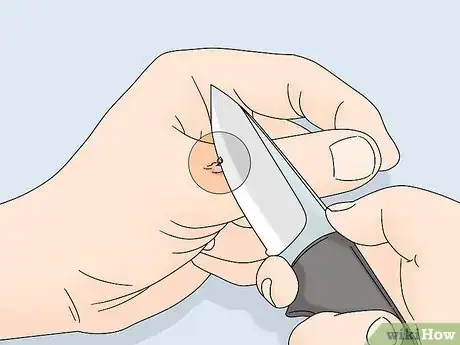
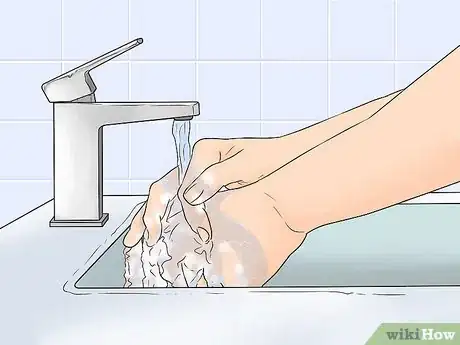
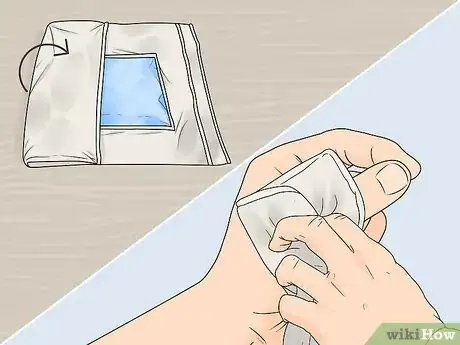
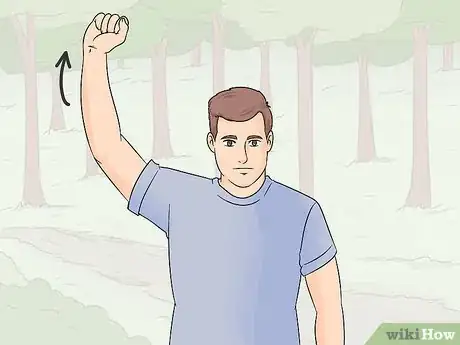
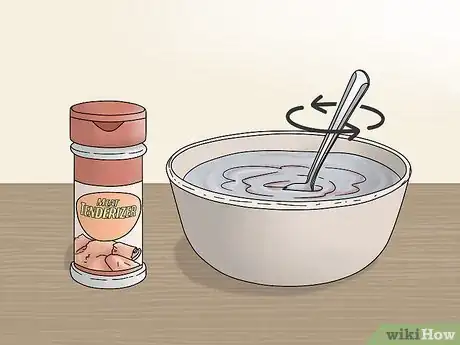
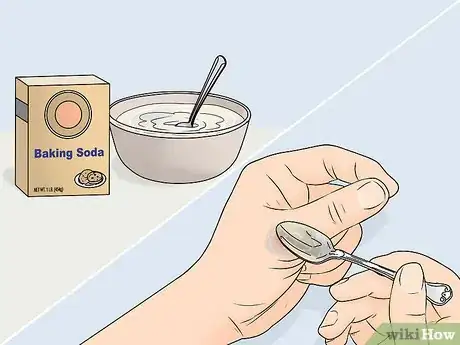
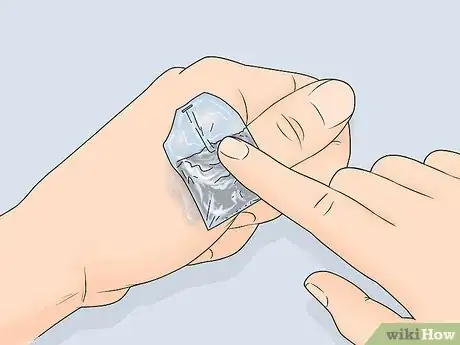
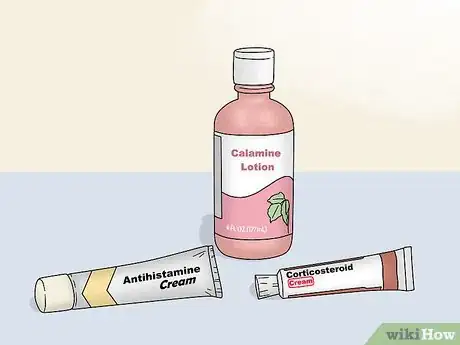
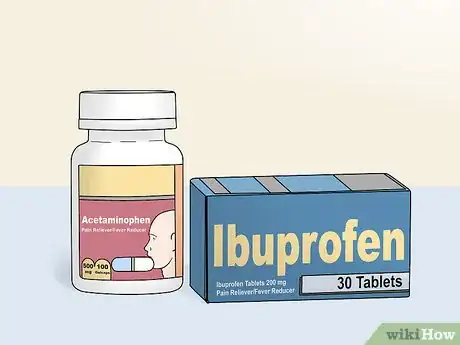
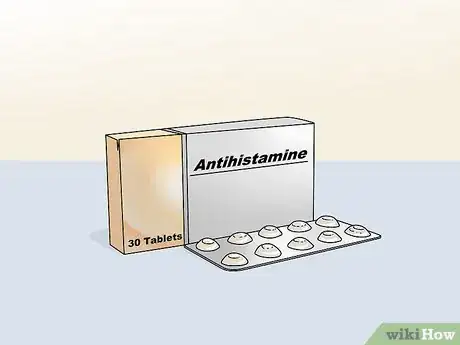

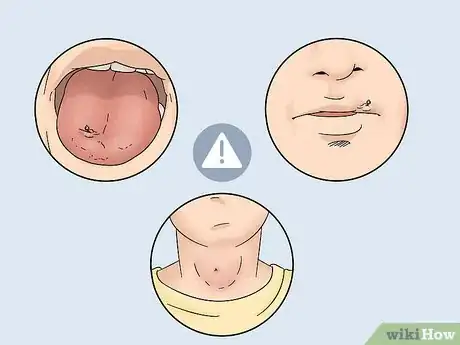
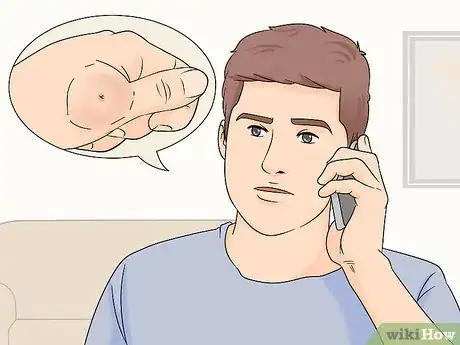
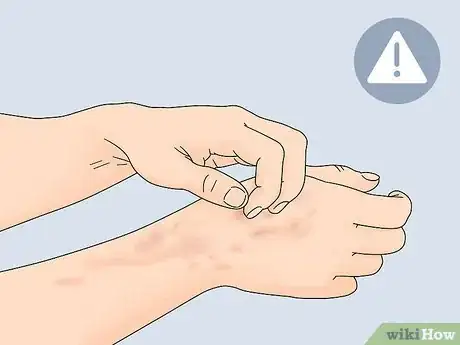
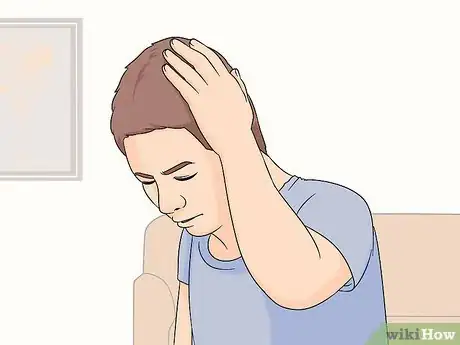
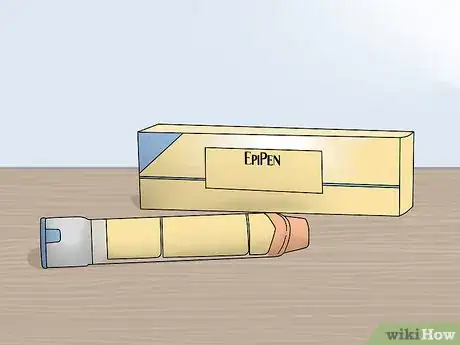
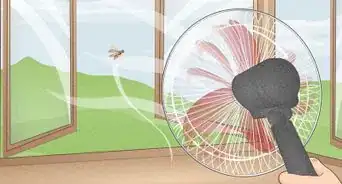
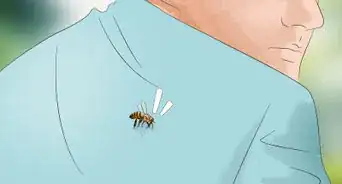
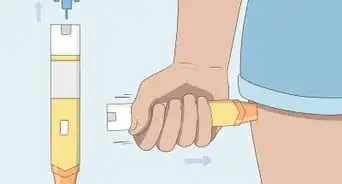
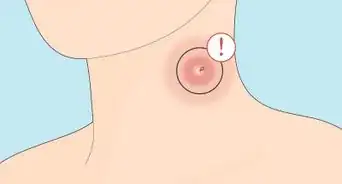
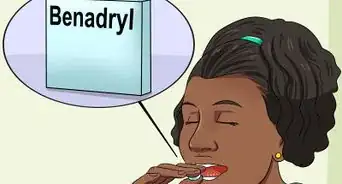

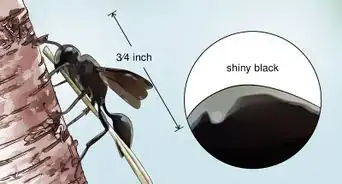
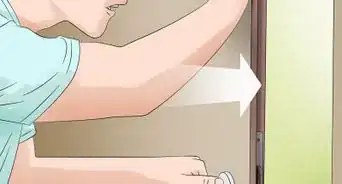
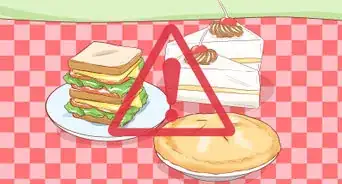
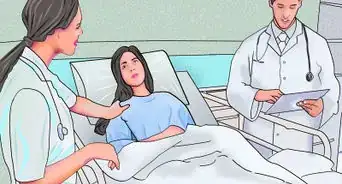
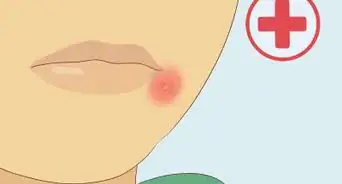
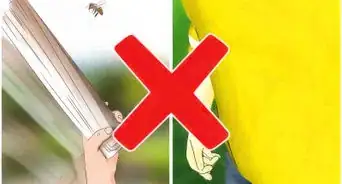

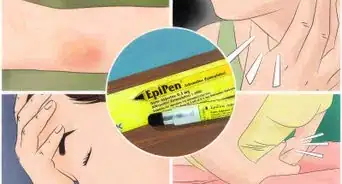







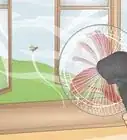
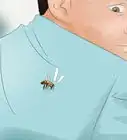
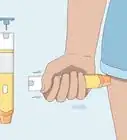
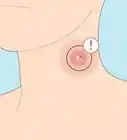



































Medical Disclaimer
The content of this article is not intended to be a substitute for professional medical advice, examination, diagnosis, or treatment. You should always contact your doctor or other qualified healthcare professional before starting, changing, or stopping any kind of health treatment.
Read More...